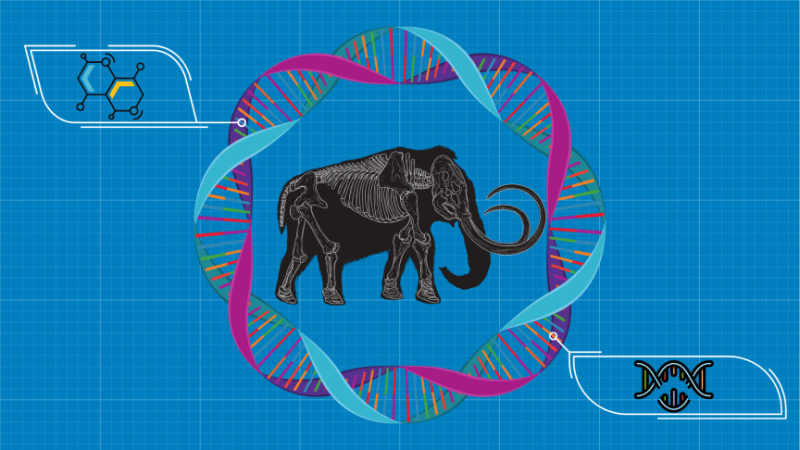As CRISPR allows scientists to splice individual genes that program for specific characteristics into the genome of living species, it could be used to create new, hybrid animals that exhibit at least some of the physical and behavioral traits of their extinct brethren.
One such species that has been brought into the CRISPR spotlight in recent years is the woolly mammoth.
In 2019, Japanese researchers at Kindai University published the results of an experiment in Scientific Reports in which they took the least-damaged nuclei from bone marrow cells of a 28,000-year-old mammoth carcass and embedded them into mouse oocytes (immature egg cells). Some of those altered cells then briefly exhibited activity that normally precedes cell division. They were effectively alive, albeit fleetingly.
While experiments like these are a long way off from yielding herds of the giant herbivores roaming the Siberian steppe, the technology will almost certainly get better. Given this, a perfectly valid question is whether or not we are capable of using a powerful tool like CRISPR wisely.































